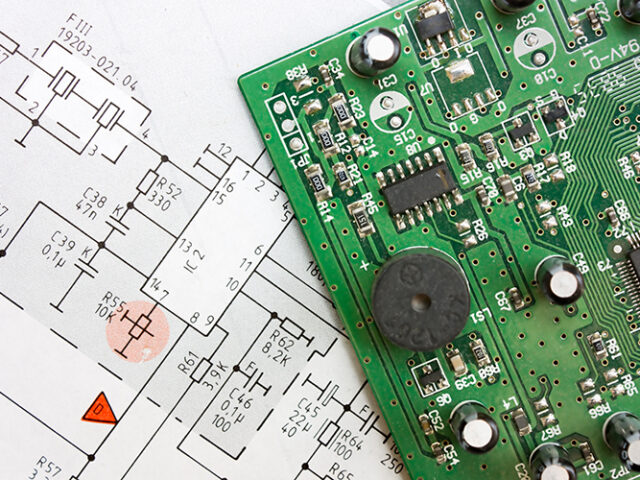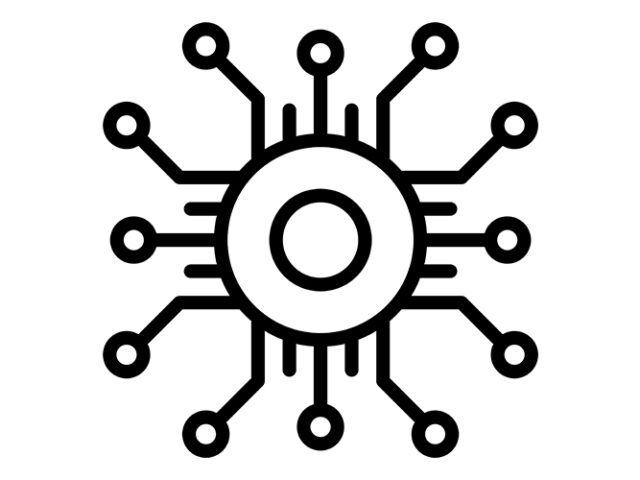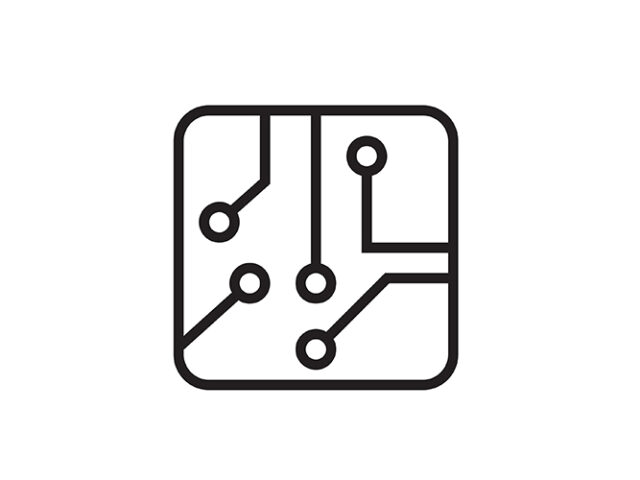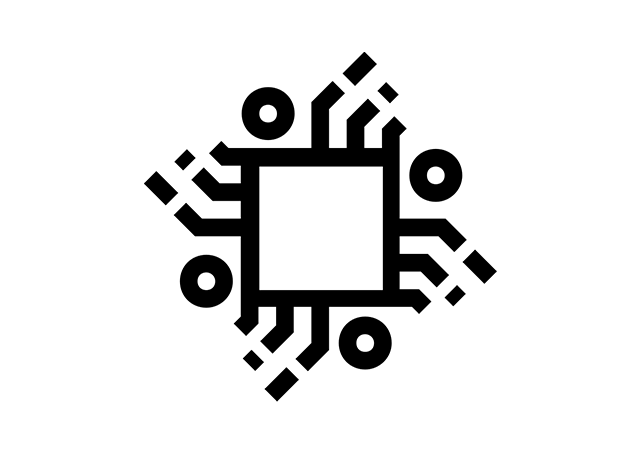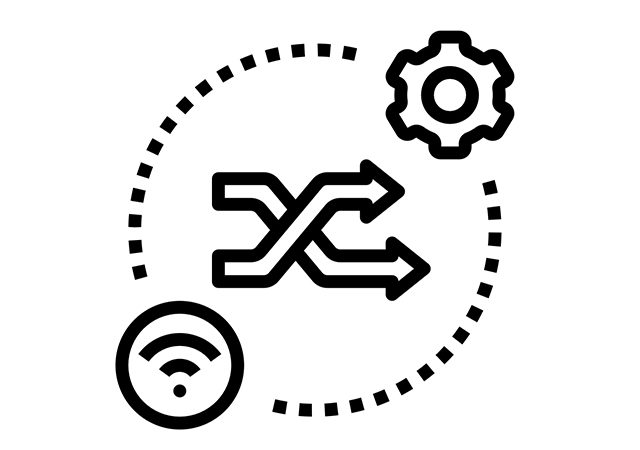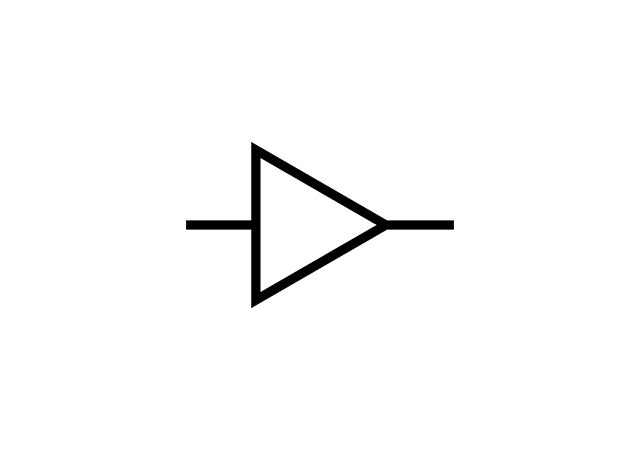The proficiency in printed circuit board (PCB) design is a distinguishing skill for electrical engineering students. This technical guide delves into the intricacies of…
Category: Learning
Year 2: digital system design level 2
Module aims The objective of this module is to empower students with the skills needed to employ organised digital system design techniques, hardware description…
Year 1: digital system design level 1
Module aims This module aims to acquaint students with the basics of designing combinatorial and sequential logic circuits. It serves as a foundation for…
Year 3: individual project
Par for the course of any electronic engineering degree is the individual project. The individual project is typically a compulsory unit of the curriculum,…
Year 2: microcontroller engineering level 2
Module aims This unit aims to provide an extensive overview of microcontroller utilisation within electronic products and the essential peripheral devices employed by microcontrollers…
Year 1: electronic materials
Module aims The objectives of this course module are as follows: Provide an initiation into nanotechnology and underscore its significance in contemporary society, highlighting…
What is a runtime adoption engine?
This text explains what is a runtime adoption engine. A runtime engine is software that runs in order to the applications on the computer…
What is cloud-device collaboration and how does it work?
This post answers the question "What is cloud collaboration work and how does it work?". Cloud collaboration is a type of collaboration that lets…
What is M2M architecture in IoT
This post answers the question "What is M2M standardised architecture in IoT?".It’s the global standards initiative for Machine to Machine (M2M) Communications and the…
What is an operational amplifier
This post answers the question :"What is an operational amplifier?". In digital electronics, operational amplifiers are used in a broad range of applications. The…

